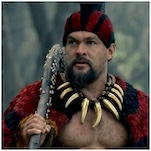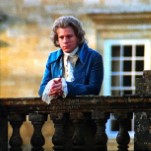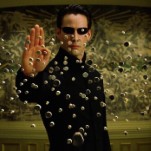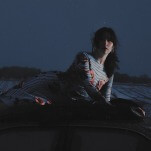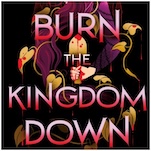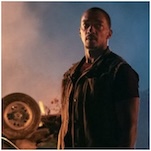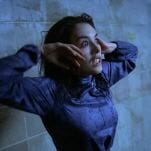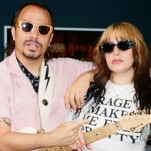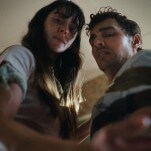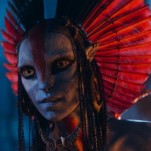The Devil’s Candy
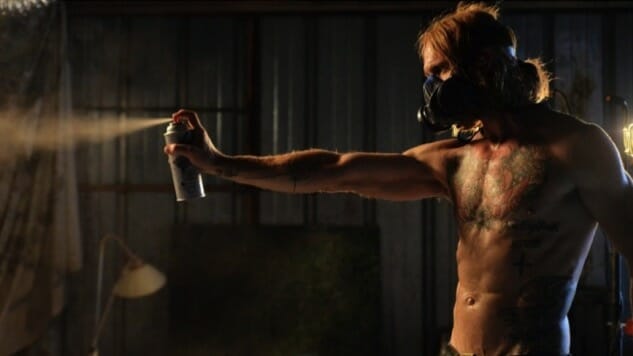
The set-up of The Devil’s Candy—Australian filmmaker Sean Byrne’s follow-up to his 2009 CarriemeetsTexas Chain Saw Massacre riff The Loved Ones—suggests a cross between the haunted house and serial killer subgenres. The movie centers on a child murderer, Ray (Pruitt Taylor Vince), escaping the house that Jesse (Ethan Embry), his wife Astrid (Shiri Appleby), and his daughter Zooey (Kiara Glasco) subsequently move into, not fully aware of the extent of the supernatural horrors contained within. And with Ray first seen playing loud chords on an electric guitar to drown out the voices in his head, and with Jesse characterized as a long-haired artist with a predilection for heavy metal, the film initially appears like it will play around with that connection between metal music and devil worship, with which many have often decried that particular musical genre.
The Devil’s Candy turns out to be more complicated than all that, though, in ways that are genuinely fascinating. Byrne’s film turns out to be less about heavy metal or even Satanism than about the psychological perils of artistic obsession. Jesse is first seen working on a canvas full of butterflies—a commission from a bank that is a far cry from the kinds of darker subjects he’d prefer to be working on… but, as he says to his similarly metal-loving daughter, it’s what pays the bills. But when he and his family move into this new house, the voices terrorizing Ray begin to prey upon Jesse, leading him to sustained periods in which he so completely loses himself in his work that only after he’s finished a canvas does he snap out of his spells and find himself both unsettled and exhilarated by the disturbing canvases he’s produced. It’s demonic possession as an expression of an artistic id taking flight, quashing any attempts Jesse makes to maintain a surface civility, especially when it comes to how he treats Zooey.
-

-

-

-

-

-

-

-

-

-

-

-

-

-

-

-

-

-

-

-

-

-

-

-

-

-

-

-

-

-

-

-

-

-

-

-

-

-

-

-















